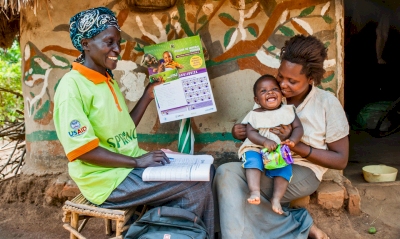Comprehensive Costing in Micronutrient Supplementation



Malnutrition among adolescents can adversely affect health and productivity in adult life; among school-going children, micronutrient deficiencies such as iron-deficiency anemia can reduce overall learning ability and concentration.
HarvestPlus, January, 2018.
University of Goettingen, 2018.
Food and Nutrition Bulletin, 2017.

From 2012 to 2017, SPRING consolidated gains from consecutive successful USAID projects and made fortification the primary platform for delivering micronutrient
Nearly 100 people attended SPRING/Uganda’s close out and legacy event to celebrate the project’s five-year journey to achieve results in nutrition. Participants included representatives from the USAID/Uganda Mission, officials from different ministries of the government of Uganda, development partners, and stakeholders from both the public and private sectors.
SPRING/Uganda applies a multi-sectoral approach to reduce stunting and anemia. In Namutumba District (which includes the Busoga region, where 60 percent of children suffer from malnutrition), SPRING helped the Ugandan Ministry of Health pilot the rollout of micronutrient powders (MNP), known locally as "vitamin and mineral powders."